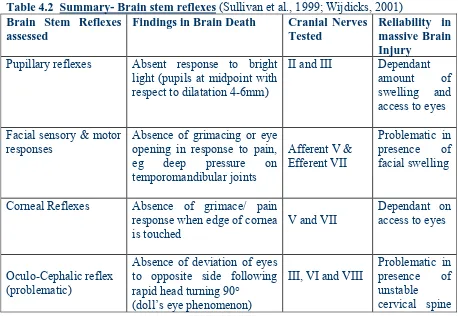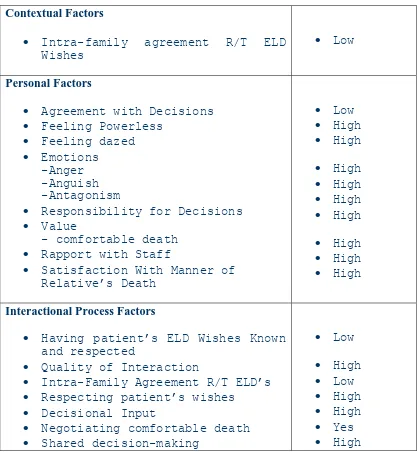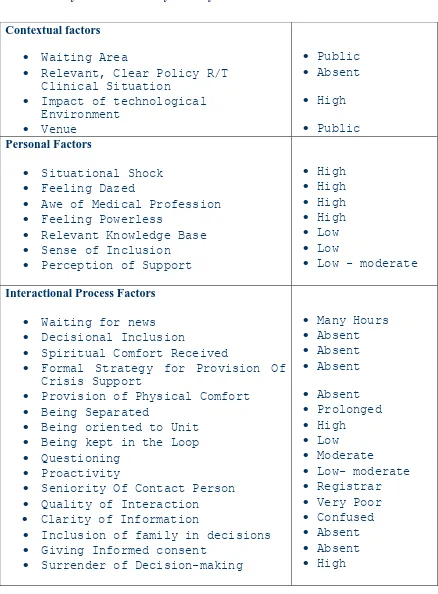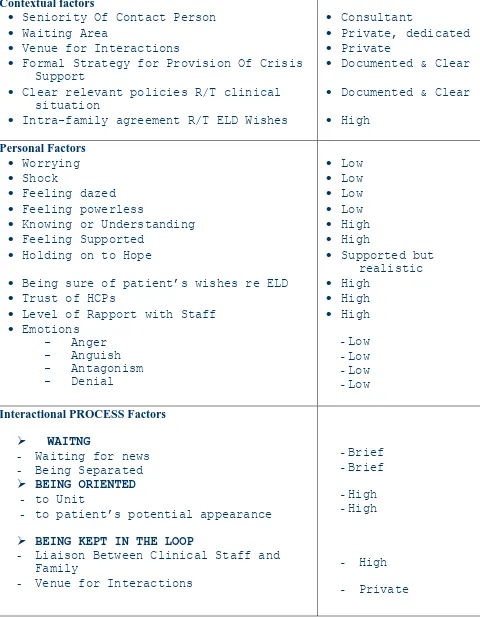Brief encounters: end of life decision-making in critical care
Full text
Figure




Outline
Related documents
Objectives To provide an in-depth insight into the experience and perceptions of bereaved parents who have experienced end of life care decision-making for children
The guide was developed by the DOLCE study team in collaboration with caregivers of elderly people who had been previously involved with location of care decisions for their loved
We review the role of advance directives in planning end-of-life care, the responsibility and historical performance of patient surrogates, the genesis of futility disputes,
VAE: Voluntary active euthanasia (능동적 안락사), PAS: Physician assisted suicide (의사조력자살), WHLSM: Withholding life-sustaining management
Previous research has found that when older adults have had to make medical decisions for someone close to death, they are more likely to talk with loved ones about their
experience and perceptions of bereaved parents who have experienced end of life care decision-making for children with life-limiting or life-threatening conditions in the
When patients cannot participate in their end-of-life care decisions, families and caregivers must step into a decision-making role by relying on advanced directives,
to generate understanding and knowledge about the experiences of patients living with haemodialysis, and their close relatives, near the end of





